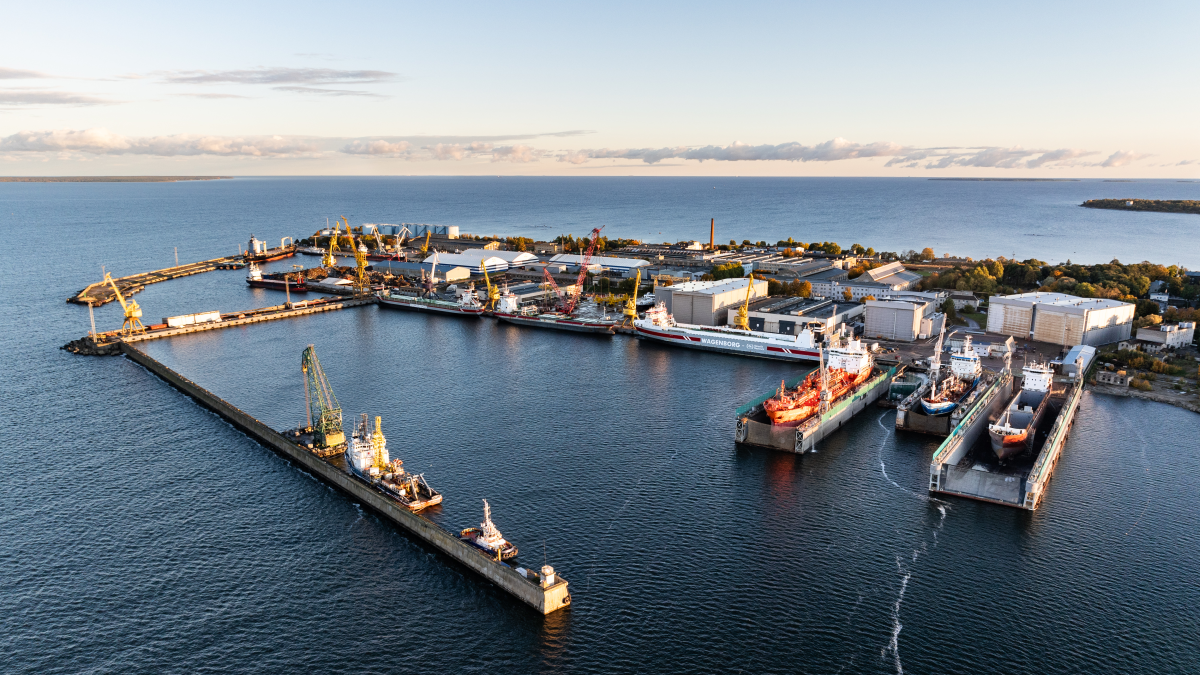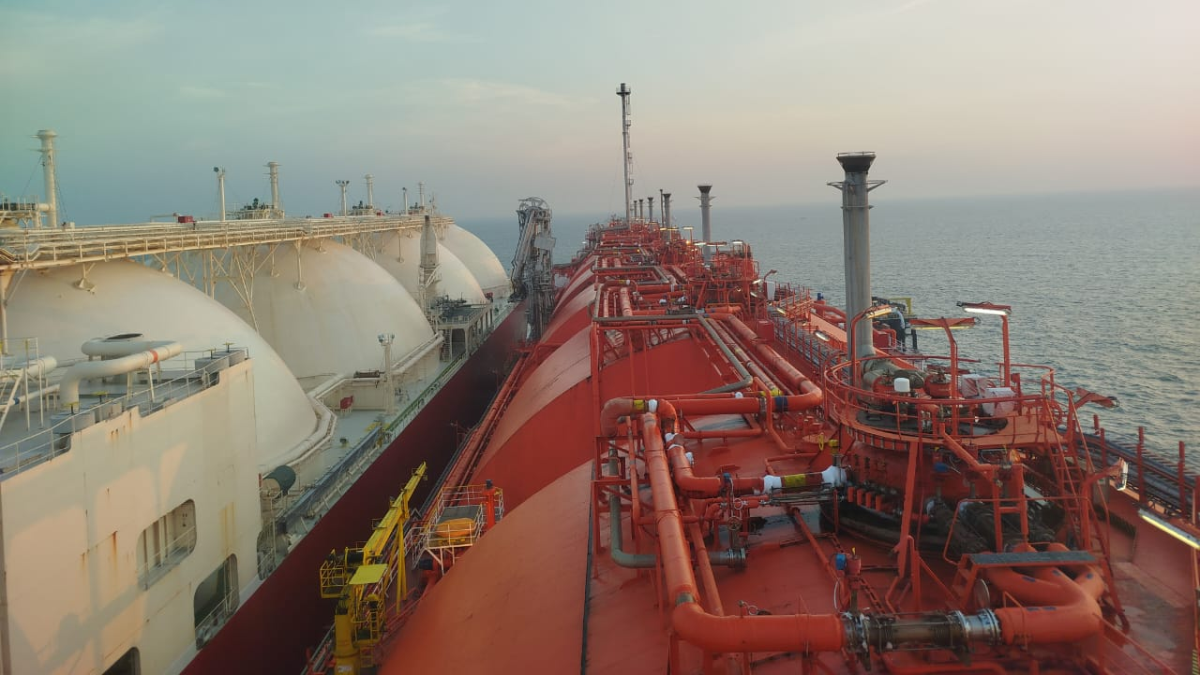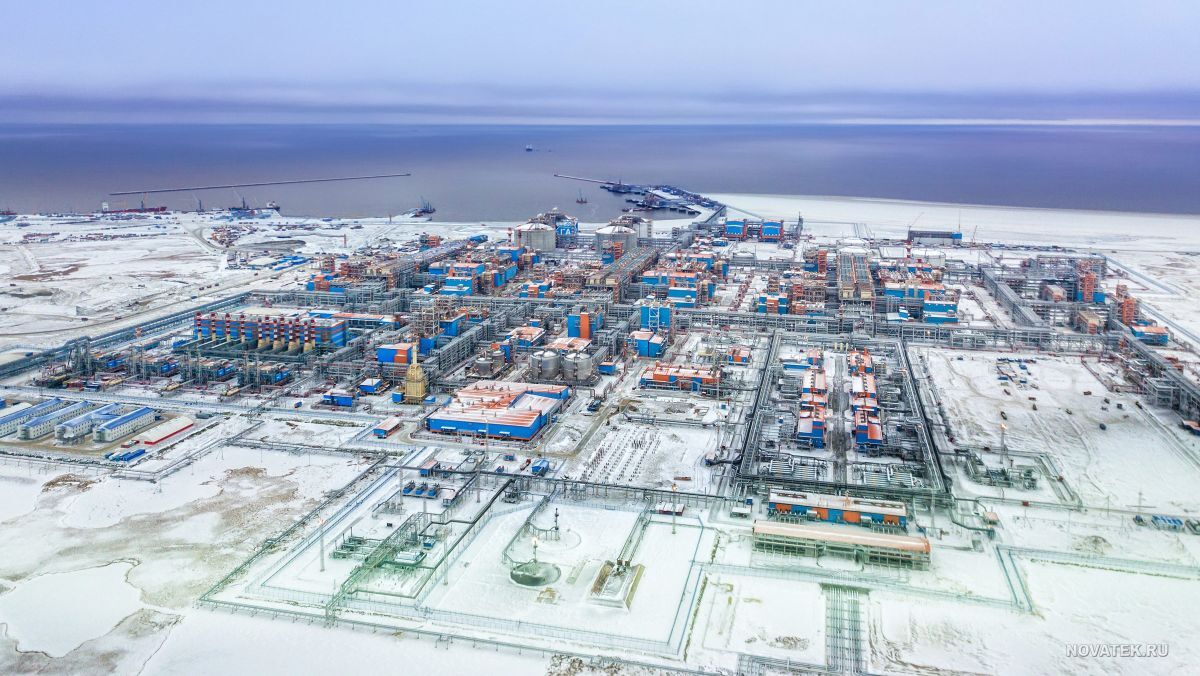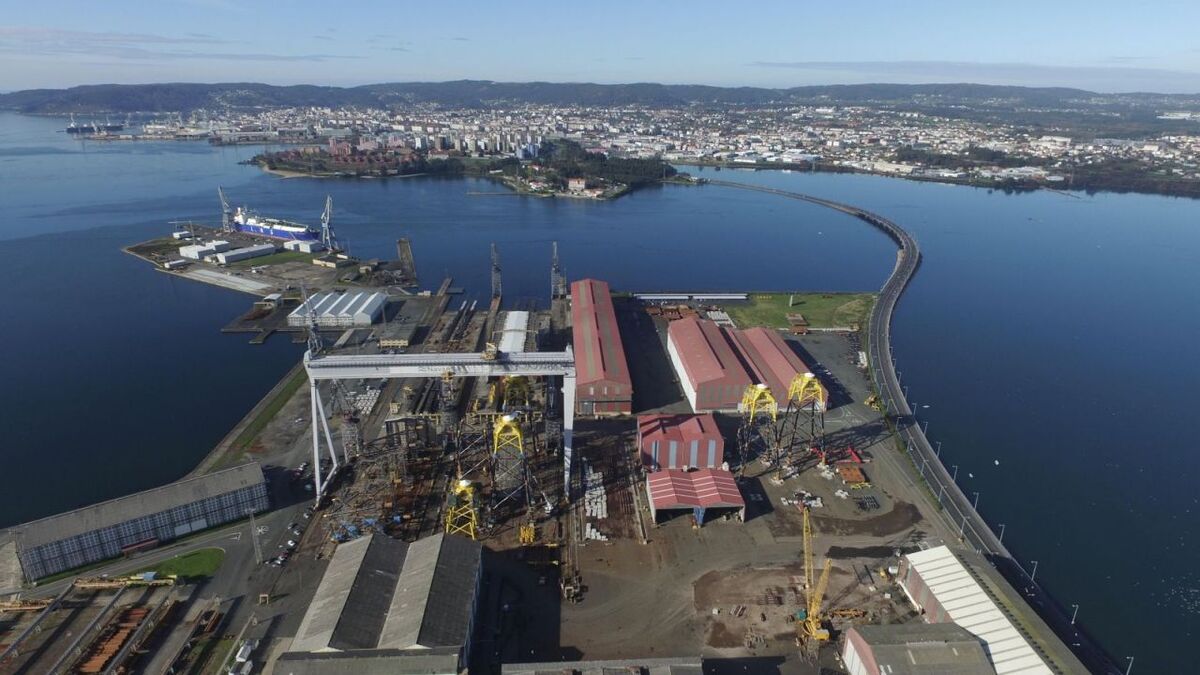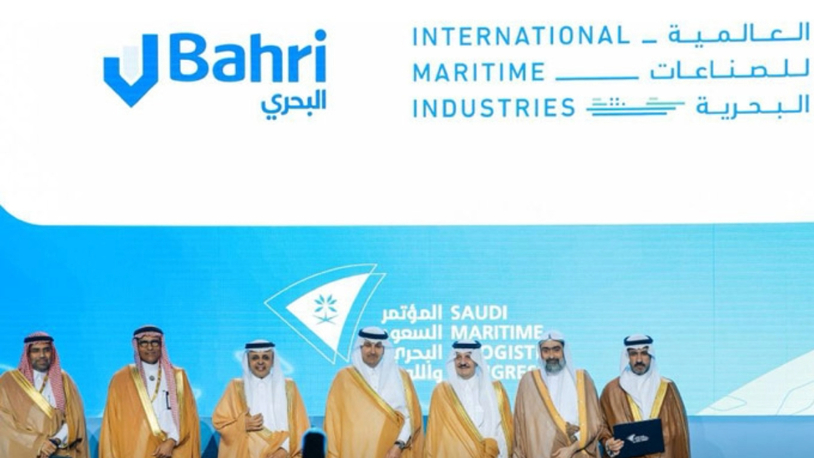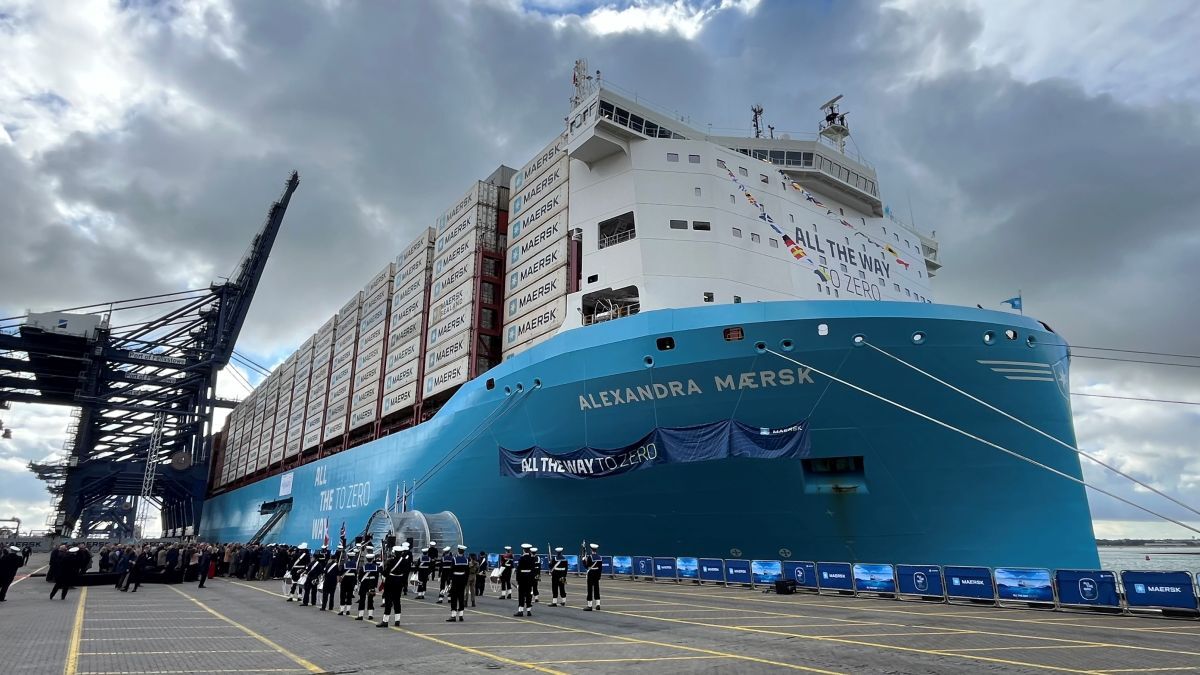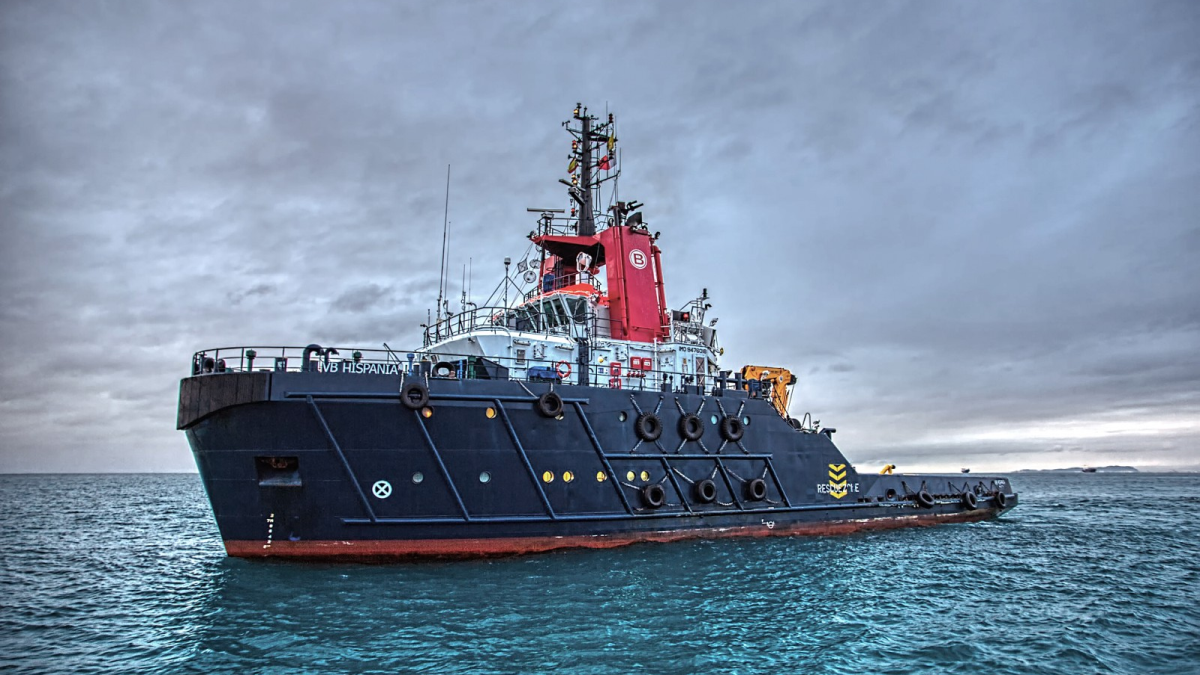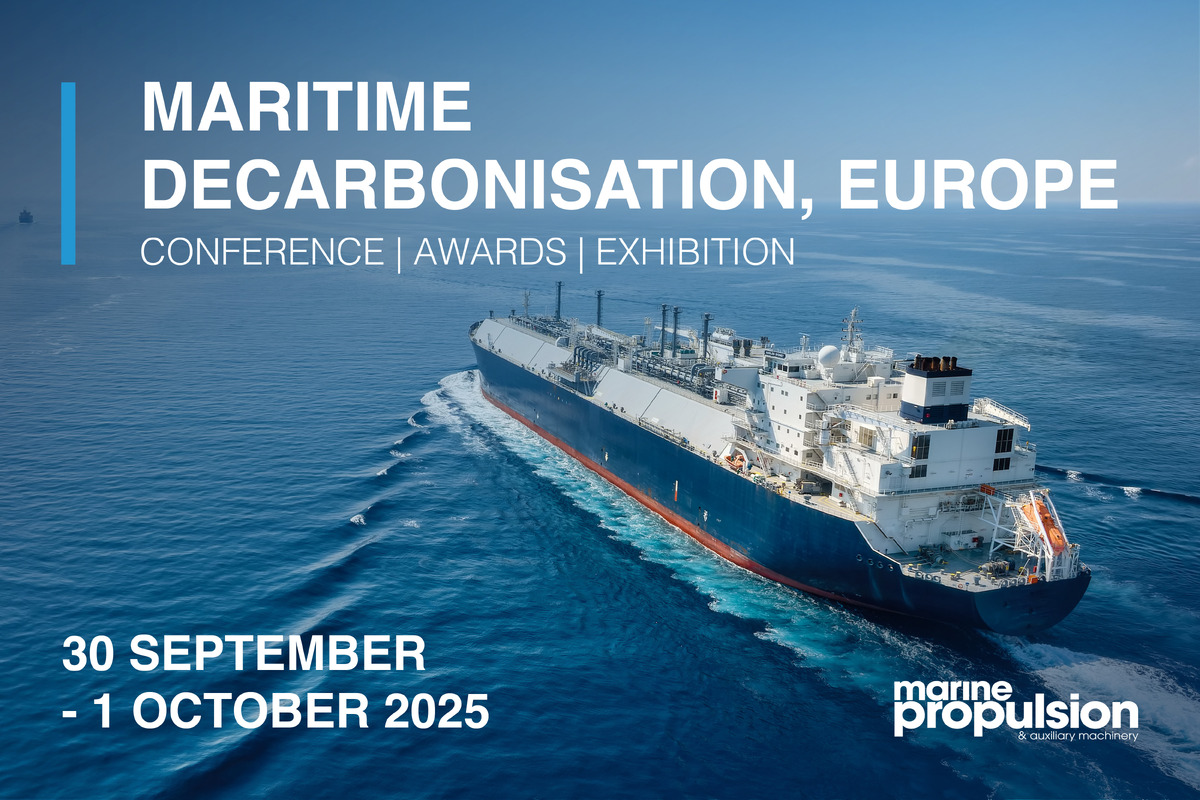Business Sectors
Events
Contents
Register to read more articles.
Tanker repair yards tackle retrofit pressures
Retrofit complexity and regulations are driving changes in drydock scheduling, collaboration and yard capabilities
Tanker repair and conversion yards are responding to a growing list of demands from owners seeking to improve fuel efficiency, comply with regulatory frameworks and reduce vessel off-hire during complex retrofit programmes. These pressures are reshaping workflows at key European yards, including Belgium’s EDR Antwerp Shipyard and Estonia-based BLRT Repair Yards.
The retrofit of Odfjell Tankers’ 49,000-dwt chemical tanker Bow Olympus with bound4blue suction sails illustrates the type of operational and logistical co-ordination now required to meet such demands. “The project answers to the core of our decarbonisation strategy, and we are eager to see that our calculations and expectations are confirmed,” said Odfjell vice president technology, Erik Hjortland.
Installed in 2025, four 22-metre eSAILs were fitted to the vessel in a two-phase approach, with structural and electronic work completed during a planned drydocking in Asia and final installation at EDR Antwerp. The methodology, designed to maximise productivity, reduced the total time off-hire to just two days.

EDR Antwerp Shipyard commercial manager, Philippe Trouillard, confirmed the importance of advanced planning and preparatory logistics. “The structural foundations and electronics were already installed during docking previously in Asia,” he said. “By combining so, owners were able to minimise the downtime of the vessel to a bare minimum.”
The yard’s logistical framework included 21,000 m² of covered storage and 80,000 m² of open space for equipment staging, along with an internal logistics team and bonded status for customs clearance. “The entire yard is bonded and custom-declared, ensuring smooth handling of inbound components,” said Mr Trouillard.
Before the vessel arrived, co-ordination meetings were held across production, safety and rigging departments. “A detailed rigging plan and roadbook were created to ensure seamless operations,” he said. The eSAILs were lifted into place using the yard’s 100-tonne lifting capacity.
Safety, according to Mr Trouillard, is managed through strict in-house procedures with specific risk assessments for working at height and for heavy lifts. “Every morning a meeting was organised both for production, safety, and rigging,” he said.
Post-installation, the vessel completed an Atlantic crossing to gather real-time performance data. “Each nautical mile will be thoroughly analysed in real time to document the energy-saving effects,” said Mr Hjortland. Bound4blue co-founder and chief technical officer, David Ferrer, added that the mechanical simplicity of the eSAILs reduced complexity and capital expenditure, describing them as “a smooth solution, allowing for the installation of non-ATEX units.”
The growing complexity of retrofit projects — ranging from wind-assist to energy-saving devices and propulsion upgrades — is changing the commercial landscape for ship repair yards. “We strongly believe that such projects will contribute to the wellbeing of the international seagoing fleet and will reduce emissions throughout,” said Mr Trouillard.
“Combining structural readiness with opportunistic fitting windows is now central to drydock planning”
The regulatory backdrop is another key factor in driving retrofit demand. European subsidies linked to CII improvement are leading to an increase in enquiries. “The benefits of installing the system in Antwerp are ample — from perfect hinterland connections for logistical supplies to a limited off-hire period due to cargo availability,” said Mr Trouillard.
Beyond the installation of sails, other energy-related conversions — such as propeller and bulbous bow retrofits, air-lubrication systems and low-friction coatings — are being scheduled alongside planned dockings. According to Mr Trouillard, the efficiency of combining structural readiness with opportunistic fitting windows is now central to drydock planning.
This shift in approach is also being observed further east. BLRT Repair Yards, based in Tallinn and part of the BLRT Grupp, reports rising complexity and regulatory scrutiny in retrofit work. “The main driver of increased yard activity is not volume, but the nature of work now required during a drydocking,” said BLRT Repair Yards chief executive officer, Andrejus Babachinas.
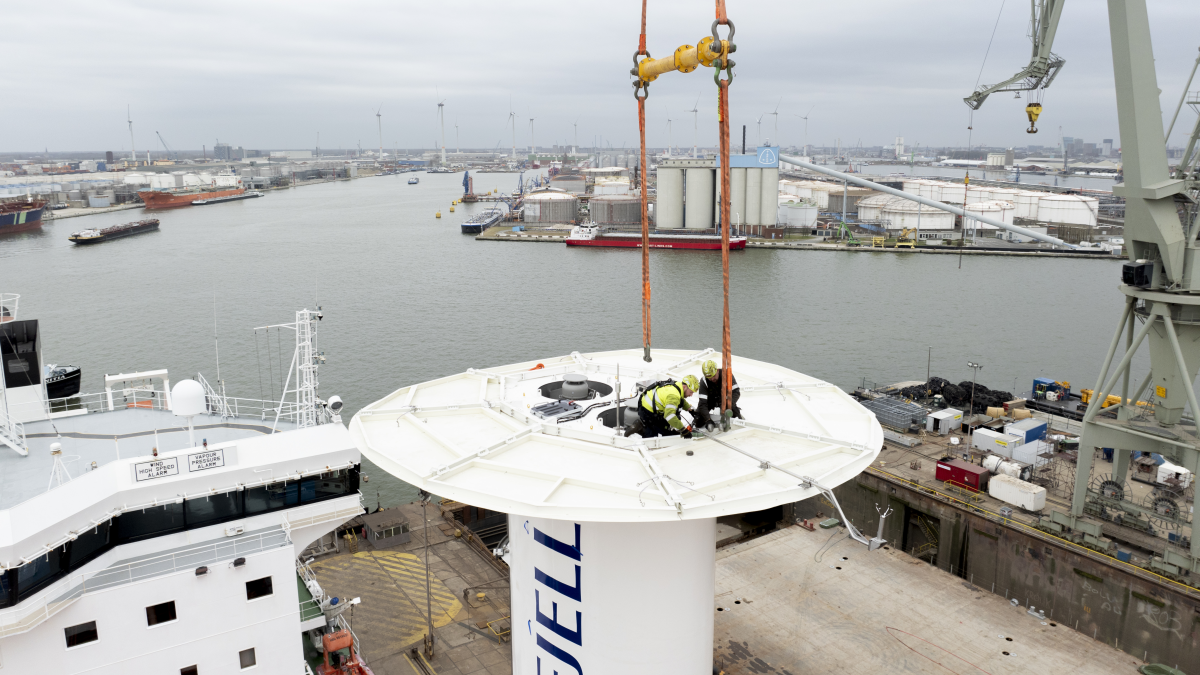
He explained that the requirements placed on repair yards have intensified as owners seek to align maintenance schedules with green technology implementation and compliance deadlines. “There is no such thing as a routine docking any more,” Mr Babachinas said.
BLRT Repair Yards’ operations in Tallinn, Klaipeda and Turku have had to adapt. “We are investing in workforce training, lifting infrastructure, and engineering support,” he said. “The owners are asking for more than cosmetic repairs or steel renewal — they are asking for turnkey execution on technically difficult retrofits.”
This complexity has reinforced the importance of early engagement between owner and yard. “It is no longer sufficient for the yard to simply confirm a slot,” said Mr Babachinas. “We are now engaged in discussions months in advance about component availability, environmental conditions, subcontractor involvement and class inspection planning.”
Shipowners are also turning to digital platforms to simplify the drydocking planning process. The Dry-docking Bidding Tool launched by Mare Forum in co-operation with Shipnext has now attracted over 70 shipyards worldwide, enabling owners to compare quotations more easily. This development reflects a wider push toward transparency, cost control and improved market access.
However, BLRT’s Mr Babachinas cautioned that digital tools can only support — not replace — the detailed scoping and technical alignment required for a successful retrofit. “There is a risk that price comparisons are made without full understanding of what is involved,” he said. “Owners and yards must invest in dialogue to make these projects viable.”
Across both northern and southern Europe, tanker repair and conversion yards are increasingly defined not by capacity alone, but by their ability to manage intricate projects under mounting commercial and environmental pressure. From suction sail installations to CII-driven upgrades, the focus is shifting from time in dock to the quality and planning of the work done there.
As Odfjell’s Mr Hjortland noted, real-world data collection will now determine whether the benefits of retrofits such as wind-assisted propulsion match their theoretical promise. The results from Bow Olympus will contribute to the operator’s wider decarbonisation strategy, but the process has already provided a template for future retrofits.
“The structured collaboration between owner, shipyard, and technology provider is what made the short installation window possible,” said Mr Trouillard. “This is where the industry is heading.”
Related to this Story
Events
Maritime Decarbonisation, Europe: Conference, Awards & Exhibition 2025
Offshore Support Journal Conference, Americas 2025
LNG Shipping & Terminals Conference 2025
© 2024 Riviera Maritime Media Ltd.


